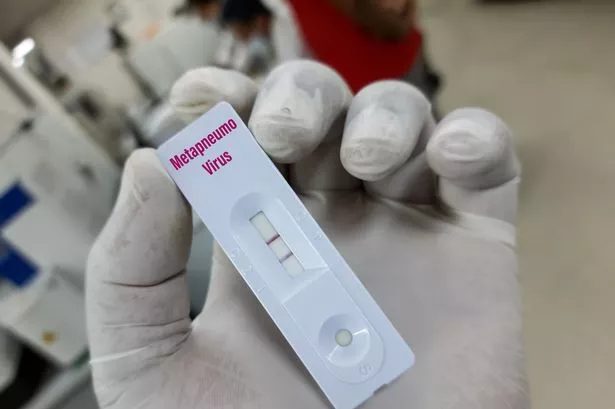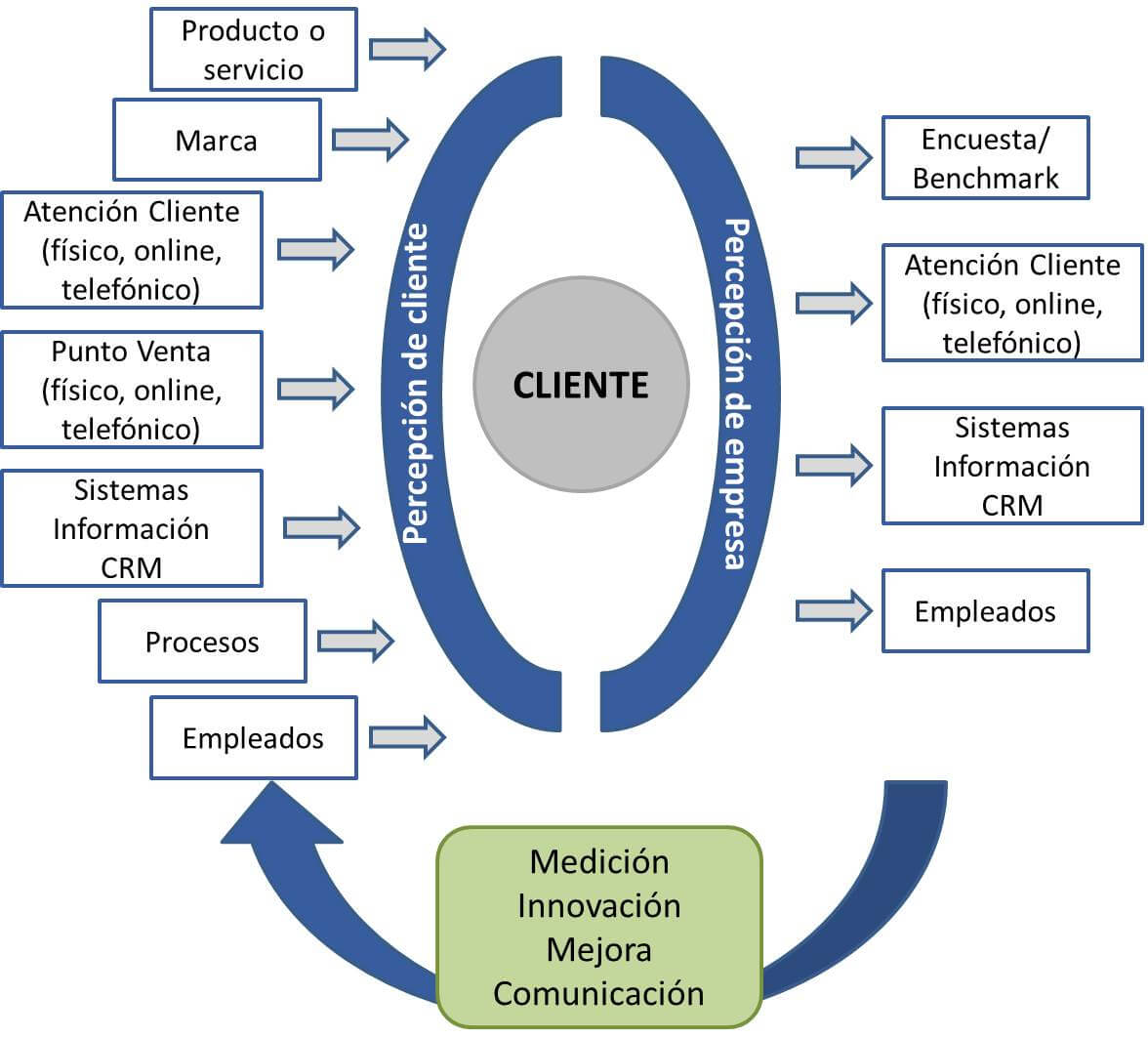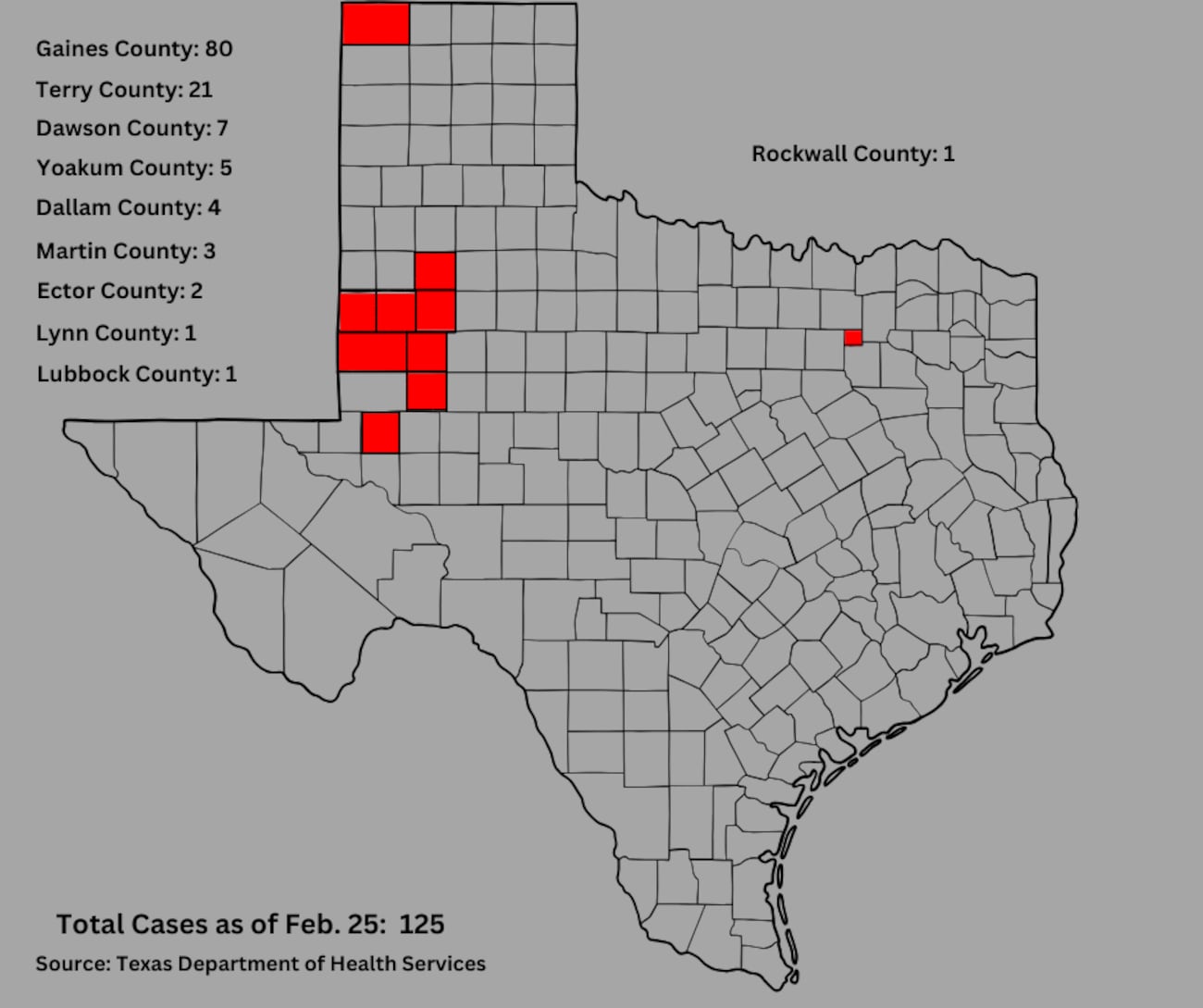Unraveling The Mystery: A Single Respiratory Virus Linked To Kawasaki Disease

Table of Contents
Understanding Kawasaki Disease (KD): A Deep Dive
Kawasaki disease is a systemic vasculitis, meaning it causes inflammation of blood vessels throughout the body. Its characteristic symptoms include a persistent high fever lasting at least five days, along with several other telltale signs. Diagnosing KD can be challenging, as its symptoms can mimic other childhood illnesses. Currently, there's no single definitive test; diagnosis relies heavily on clinical presentation and exclusion of other conditions. The lack of a clear understanding of the cause significantly hinders early and effective intervention.
Existing theories about KD's etiology range from infectious triggers to genetic predispositions and environmental factors. However, the precise mechanism remains a subject of ongoing investigation.
- Fever lasting at least 5 days: This is a hallmark symptom of Kawasaki disease.
- Changes in extremities (hands and feet): Swelling, redness, and peeling of the skin on the hands and feet are common.
- Rash: A characteristic rash, often described as a diffuse erythema, is frequently observed.
- Conjunctivitis: Inflammation of the conjunctiva (the membrane lining the eyelids and covering the white part of the eye).
- Oral mucous membrane changes: Redness and swelling of the lips, mouth, and throat.
- Swollen lymph nodes: Enlarged lymph nodes, particularly in the neck, are frequently present.
The Role of Respiratory Viruses in Kawasaki Disease Development
A growing body of evidence strongly suggests a link between respiratory viral infections and the development of Kawasaki disease. While various viruses have been implicated, research increasingly points to a single, yet-to-be- definitively identified, respiratory virus as a potential primary trigger. This single virus might initiate the inflammatory cascade leading to the characteristic vasculitis seen in KD. This hypothesis is supported by observations of increased KD incidence following outbreaks of specific respiratory viruses.
The mechanisms by which this virus could trigger KD remain under investigation. However, several hypotheses exist:
- Increased incidence of KD following respiratory viral infections: Epidemiological studies have shown a correlation between viral outbreaks and subsequent increases in KD cases.
- Genetic susceptibility and viral interaction: Genetic factors may influence an individual's susceptibility to developing KD after a respiratory viral infection.
- Viral-induced immune dysregulation: The virus may trigger an overactive immune response, leading to the inflammation characteristic of KD.
- Potential for long-term cardiovascular complications: The inflammation caused by KD can damage the coronary arteries, potentially leading to long-term cardiovascular problems.
Research and Ongoing Studies: Illuminating the Viral Connection
Significant research efforts are underway to pinpoint the specific respiratory virus responsible and elucidate its mechanism in KD pathogenesis. Researchers are employing various methodologies, including:
- Epidemiological studies: These studies track the incidence of KD in relation to respiratory virus outbreaks.
- Molecular studies: Genome sequencing techniques are used to identify viral genetic material in samples from KD patients.
- Immunological studies: These investigations explore the immune responses triggered by potential viral candidates in individuals with KD.
While significant progress has been made, limitations remain. Further research is crucial to identify specific viral subtypes and understand the interplay between viral infection and host genetic factors. This includes exploring the role of specific viral proteins and their interaction with the human immune system.
- Future directions for research: Identifying viral subtypes and host factors influencing disease susceptibility is paramount for improved understanding and treatment strategies.
Implications for Prevention and Treatment of Kawasaki Disease
Identifying the specific respiratory virus responsible for KD opens exciting avenues for prevention and treatment. Potential strategies include:
- Development of antiviral therapies: Antiviral drugs targeting the identified virus could potentially mitigate the severity of KD or even prevent its onset.
- Improved diagnostic tools: Early and accurate diagnosis is crucial for effective treatment. Research into rapid diagnostic tests based on viral detection could significantly improve patient outcomes.
- Public health interventions to reduce viral transmission: Measures to reduce the spread of the implicated virus, such as improved hygiene practices and vaccination campaigns (if a vaccine becomes available), could help prevent KD cases.
- Potential for targeted vaccine development: A vaccine targeting the specific respiratory virus could offer a powerful preventive measure against Kawasaki disease.
Unraveling the Mystery of Kawasaki Disease and its Viral Link
The growing evidence strongly suggests a crucial link between a single respiratory virus and the development of Kawasaki disease. Ongoing research is vital to fully understand this complex relationship, paving the way for targeted prevention and effective treatment strategies. The identification of this virus represents a significant step forward in our understanding of KD etiology. Further investigation into the intricacies of viral pathogenesis, host susceptibility, and immune response is essential. Stay informed about the latest research on Kawasaki disease and its viral link. Your engagement with "Kawasaki disease research," understanding the connection between "respiratory virus and Kawasaki disease," and actively contributing to "understanding Kawasaki disease" is crucial to effectively combating this disease.

Featured Posts
-
 Setlist Fm Y Ticketmaster Una Integracion Para Mejorar La Experiencia Del Fan
May 30, 2025
Setlist Fm Y Ticketmaster Una Integracion Para Mejorar La Experiencia Del Fan
May 30, 2025 -
 Measles Outbreak In Kansas A Growing Concern
May 30, 2025
Measles Outbreak In Kansas A Growing Concern
May 30, 2025 -
 Koryfaies Ekpompes Savvatoy 3 5 Odigos Programmatos
May 30, 2025
Koryfaies Ekpompes Savvatoy 3 5 Odigos Programmatos
May 30, 2025 -
 Understanding Trumps University Disputes A Pivotal Incident
May 30, 2025
Understanding Trumps University Disputes A Pivotal Incident
May 30, 2025 -
 Joy Smith Foundation Launch Media Alert And Photo Advisory
May 30, 2025
Joy Smith Foundation Launch Media Alert And Photo Advisory
May 30, 2025
